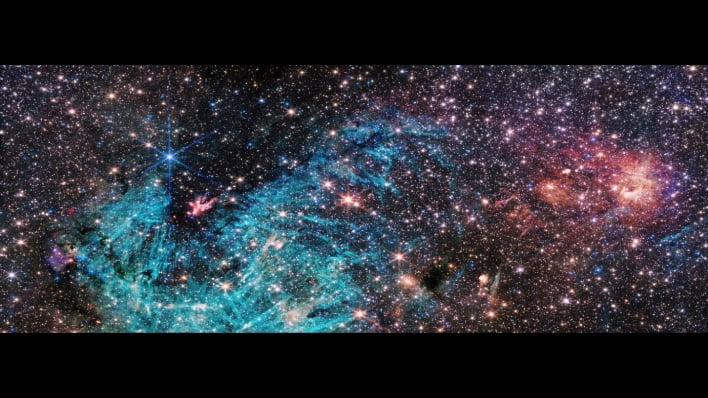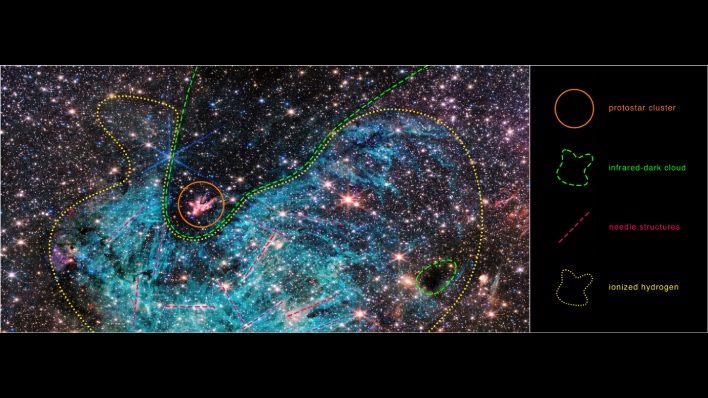JWST Captures Milky Way's Chaotic Heart In Unprecedented Detail Leaving NASA Stunned

The "chaotic region" at the "heart of Milky Way" that JWST focused on includes Sagittarius C, which is located around 300 light-years from the Milky Way’s supermassive black hole, named Sagittarius A. At this bustling location lies a dense cloud where young stars are just beginning to form. Surrounding the newly forming stars is an estimated 500,000 other stars of various ages, sizes, and colors.
“There’s never been any infrared data on this region with the level of resolution and sensitivity we get with Webb, so we are seeing a lot of features here for the first time,” noted Samuel Crowe, the observation team’s principal investigator. “Webb reveals an incredible amount of detail, allowing us to study star formation in this sort of environment in a way that wasn’t possible previously.”
According to Jonathon Tan, one of Crowe’s advisors at the University of Virginia, the galactic center is the “most extreme environment in the Milky Way.” It is where current theories of star formation can and will be put to the test.
At the heart of all the commotion of young stars forming is a previously known massive protostar that is an estimated 30 times the mass of our own Sun. Along with the massive protostar are smaller infrared clouds that dot the image and have the appearance of holes in the starfield, according to a NASA blog. It is here where future stars of the Milky Way are beginning to form.
“The galactic center is a crowded, tumultuous place. There are turbulent, magnetized gas clouds that are forming stars, which then impact the surrounding gas with their outflowing jets, and radiation,” explained Ruben Fedriani, a co-investigator of the project at the Instituto Astrofisica de Andalucia in Spain. He added that Webb has provided researchers with “a ton of data” on this environment that they are just beginning to dig into.
Crowe remarked that the image captured by Webb of the heart of the Milky Way contains data that researchers will be studying for some time to better understand things like massive stars that produce heavy elements in their nuclear cores. With more images to come from Webb, scientists and astronomers will continue to search for more clues to the history of our universe.


